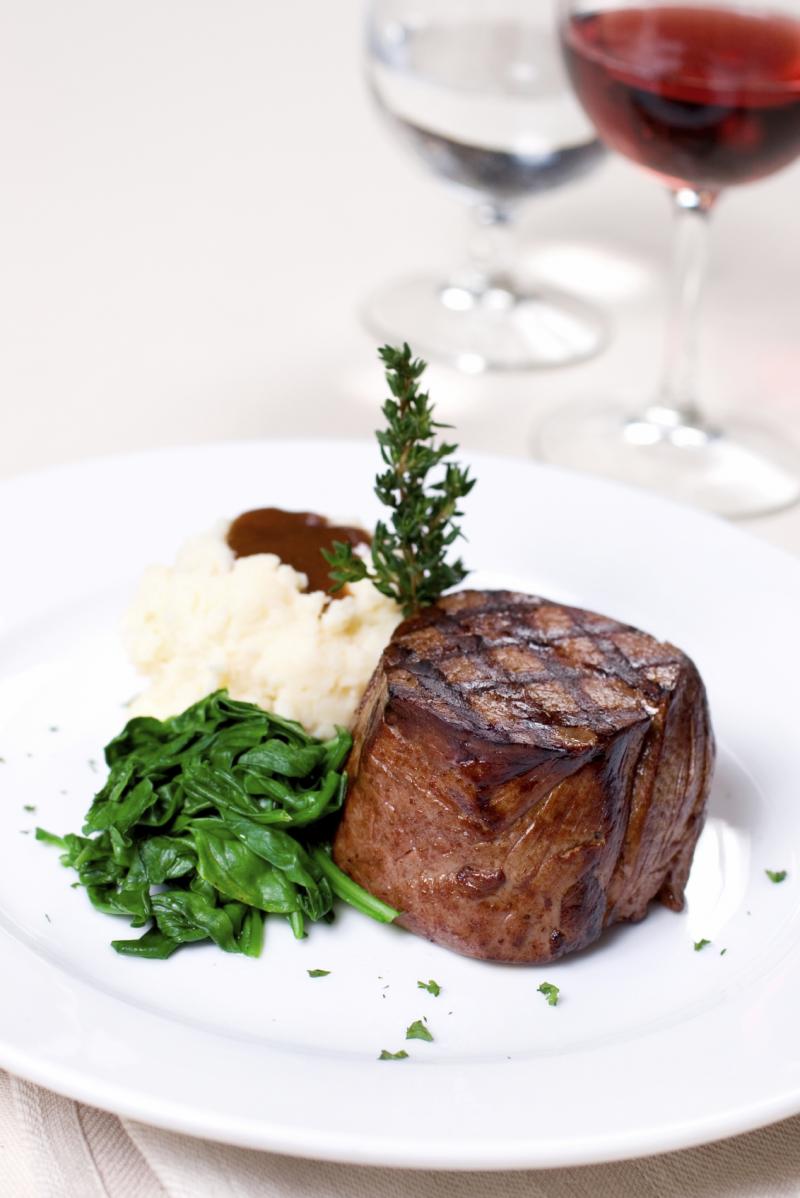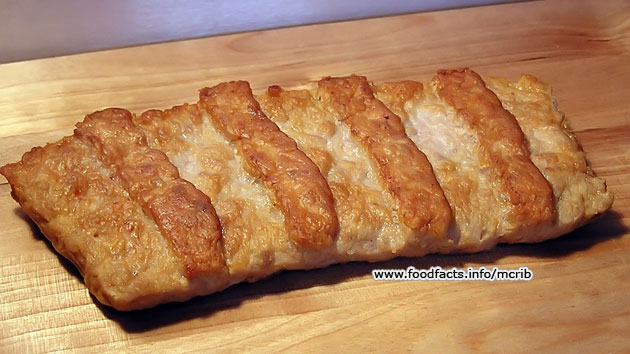Have you ever wondered if food is happy with its lot in life? Does it yearn to achieve greatness? Well, of course food cares. Do you really think that an egg would choose to be used in bread or dropped in the supermarket? No, they want to be the star. Egg drop soup, hard boiled eggs, egg foo young, or a Denver omelet probably top the list of ways an egg would choose to be eaten. Becoming an Easter egg would be the equivalent getting drafted into the NBA for a young egg. I think every food would desire to go out in a blaze of glory.
These are just a few of those foods that society has ignored. Once young and full of life, they now seem like a burden more than a blessing.
Unfortunately, many foods in our society never reach their full potential and fall between the cracks. Many factors lead to food becoming a drain on society. For some food it's all about where you live. Food living in the opaque crisper at shin level will likely not be seen by those that can make a difference. Perhaps the little yogurt in the back of the fridge just has a hard time living in the shadow of the gallon of milk that seems to dominate the limelight. I once knew a young Parmesan cheese that, despite it's potential for flavor, was forgotten and ignored until it was too late simply because it was "difficult to work with." Truly the saddest story is the bag of carrots that was only purchased because we felt like that is what responsible people have in their fridge. Never really intending to care for the carrots, the owner subjects young vegetables to his or her own vanity that drives many shoppers. Those carrots end up being tossed out and become a ward of the state.
Here is just one example of a squallier unit that many foods live in. Overpopulated, dirty, and the new food seems easily corrupted by the spoiled food that lurks in the shadows.
The reality of our society is that we give preferential treatment to certain privileged foods, while other foods seem abused, forgotten, and just become another statistic. It would seem like a social injustice to not act to save a raw steak from going bad, yet we don't shed a tear when we throw out an expired salad dressing. True, some salad dressings make a bad salad (thousand island), but there are many wasted dressings would be delicious if given a chance, yet when we look into the fridge, it is as though we don't see them because it's easier to ignore them than face the guilt of our own insensitivity.
I too am guilty of such treatment of foods. It seems despite my best intentions, I can never really get through to my sack of potatoes, and I ignore them until they start getting into trouble by sprouting in the seedy parts of the kitchen. When I finally bother to find out how they are doing, it's as if I don't even recognize them anymore. I know that potatoes are great, but for me, I just don't find the time to give them the proper attention they deserve. They require cleaning, peeling, cutting, and long cook times. My kitchen seems to have a revolving door for young underprivileged spuds.
What can you do? There are a few things we can do to avoid all the waste in the kitchen.
- Buy appropriate sizes: Stop buying perishables on a $/per pound mentality. Just because another $0.25 will double my sack of potatoes from 3 lbs to 6 lbs, doesn't mean I really need the extra potatoes. It may seem like I'm being frugal with my money, but if I waste the food, I waste the money.
- Reduce Variety: There is no need for a family of 2 adults and two small children to have 4 open salad dressings in the fridge.
- Plan Ahead: Shopping around planned meals is much better for a small family than stocking your kitchen like a 5-star restaurant. No one is going to be ordering strange foods in your kitchen, quit keeping strange foods if you aren't going to use them soon.
- De-clutter the fridge: Food seems to spoil fast when you can't see it.





























